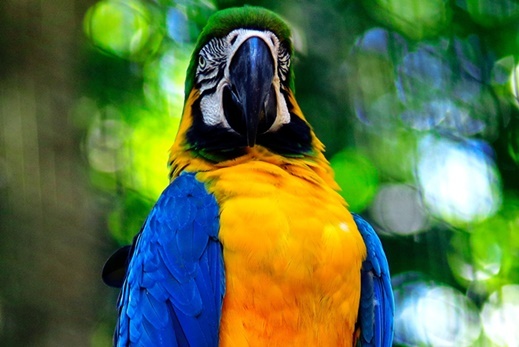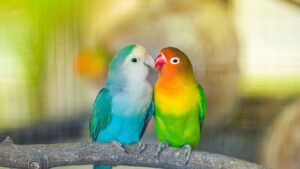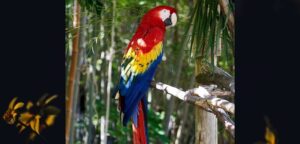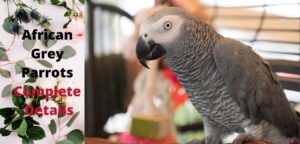Macaw
In this article we are going to explore macaw information, we are describing in details, how macaws look like, how many colors do they have. We are explaining the body structure and their length, maximum size of a macaw from head to tail and wingspan.
We are also describing the taxonomy and types of macaws in detail. What food macaw eat and how to care macaw? Types of food they love to eat and other minerals. In this article we are exploring the breeding cycle and habitat of macaws, importance of health, diseases and their treatment. How to take care of macaws and some interesting facts.
As you know there are so many colorful and beautiful parrots and every parrot looks gorgeous as compared to others. If we talk about the color, then macaw is a vividly colored parrot. After watching it, the scene stays in mind for a long time. Most famous colored macaws are green and red, blue and gold and yellow and blue macaws that actually represent its types. These macaw parrots also have a long, streamlined, sleek physique and colorful feathers.
Body Structure
All of the macaws have slim body structure, long and graceful tails. Macaws have an oversized beautiful head and also there is a facial patch with a light color that differentiate them from other parrots. Macaws have strong gripping toes so that they can grab and hold the branches and other items like fruits, nuts, seeds etc.
Additionally macaws have long, powerful and strong beaks that help them to break the seeds, nuts easily. Their tongue that has inside bone, helps them as a tool to tap the fruits at the time of cracking the dry seeds and nuts. Macaws’ beak size matters if it is larger then it is more strengthened.
Length
Macaws are the giant in the parrot world due to their larger size. If we talk about the largest macaw, then Ara, Anodorhynchus, and Cyanopsitta genera are the largest macaws and their length from head to tail is 100 cm about 39 inches and length of the macaw’s wingspan is up to 140 cm about 56 inches that help them to fly swiftly. Additionally, they can gain the speeds of up to 35 mph that is 56 km/h.
On the other hand, if we talk about the smallest macaw, then the Diopsittaca, Orthopsittaca, and Primolius are the smallest macaws in their category and their length from head to tail is around 30 cm about 12 inches. In addition, macaw weight is around 3.75 pounds.
Taxonomy
According to scientific classification, Macaws are classified into six different Psittacidae genera. Psittacidae also known as true parrots. If you want to know how many species of macaws are there? There are 19 living species of macaws in the world with proven evidence.
Moreover, according to size macaws are decided into two groups, the first group is large macaws and the other group is mini macaws.
Macaws belong to the Psittacidae family and its subfamily is Arinae. Additionally macaws belong to the Arini tribe. Following are the six Genera
- Anodorhynchus
- Ara
- Cyanopsitta
- Diopsittaca
- Orthopsittaca
- Primolius
You will love to know the 19 different species of macaws that look more beautiful than one another. Here is the list of them.
- Ara
- Blue and Yellow macaw also known Blue and Gold macaw (Ara ararauna)
- Red and green macaw also known green winged macaw (Ara chloropterus)
- Scarlet macaw also known Aracanga or Arakanga macaw (Ara macao)
- Blue Throated macaw (Ara glaucogularis)
- Military macaw (Ara militaris)
- Great green macaw also known Buffon’s macaw (Ara ambiguus)
- Saint Croix macaw (Ara autochthones)
- Red fronted macaw (Ara rubrogenys)
- Chestnut fronted macaw also known severe macaw (Ara severa)
- Cuban red macaw (Ara tricolor)
- Anodorhynchus
- Glaucous macaw (Anodorhynchus glaucus)
- Indigo macaw also known Lear’s macaw (Anodorhynchus leari)
- Hyacinth macaw (Anodorhynchus hyacinthinus)
- Cyanopsitta
- Little blue macaw also known Spix’s macaw (Cyanopsitta spixii)
- Diopsittaca
- Red shouldered macaw also known Hahn’s macaw (Diopsittaca nobilis)
- Orthopsittaca
- Red bellied macaw (Orthopsittaca manilata)
- Primolius
- Blue headed macaw (Primolius couloni)
- Golden collared macaw (Primolius auricollis)
- Blue winged macaw also known Illiger’s macaw (Primolius maracana)
Food for Macaws
Food is the most important for macaws. There is a long list of foods that Macaws love to eat. Macaws eat seeds, nuts, fruits, palm fruits, leaves and flowers. They also love to eat berries, palm nuts, figs, nectar, stems and vegetables, some of them are broccoli, sweet corn, spinach, carrots and bell peppers.
As you know water is necessary for all living things. Additionally, minerals and vitamins are also important for macaws, they also like to eat grit or gravel.
Macaw Breeds
Most macaw pairs breed once a year, and the female lays her eggs in a nest inside, a tree hollow or in a dirt hollow on a cliff face. Only the mother does the incubating until the chicks hatch; the father is in charge of bringing food to her. Once chicks hatch, both parents bring them food.



